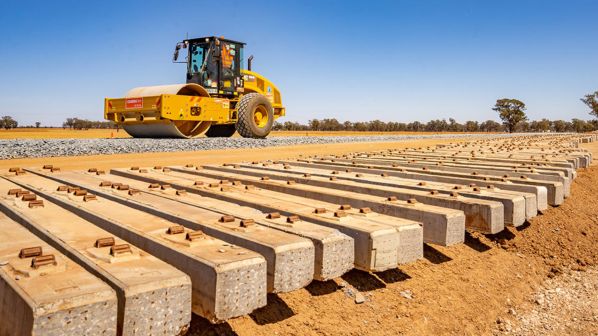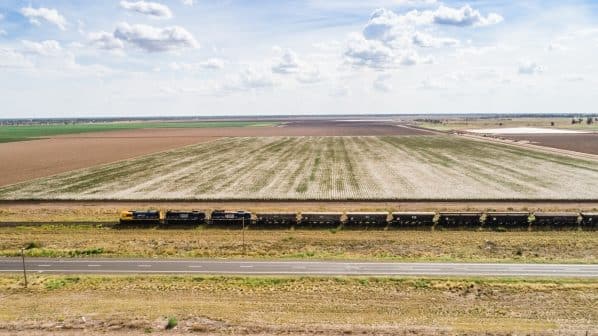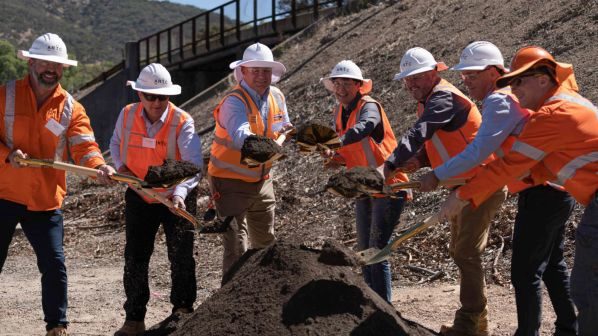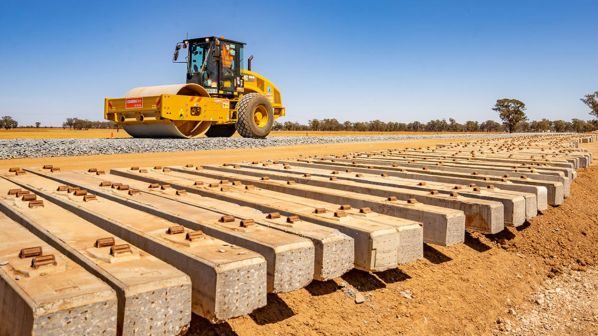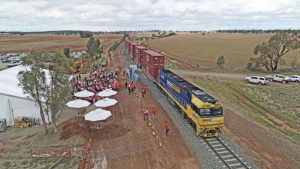THE cost of Australia's flagship rail project, the 1700km Melbourne - Brisbane Inland Rail freight line, has increased to more than $A 31bn ($US 20.75bn), nearly double the $A 16.4bn budgeted two years ago, a federal government inquiry into the project has revealed.
The inquiry also says that the board managing the project does “not have adequate skills” and there has not been a “substantive” chief executive in nearly two years.
The inquiry, headed by Dr Kerry Schott, former chairperson of the Energy Security Board, warns that the price tag may climb even higher because it was still unclear where the line “will start or finish.”
In a scathing critique, Schott says there was “insufficient certainty” about when the project would be finished and that the former coalition federal government ignored advice, and appointed people to the board who lacked the skills to execute a major rail project.
When advice was given to the former government to improve the skills mix on the board, Schott said it was “not heeded.”
“The cost of the project has increased by an astonishing amount when compared with 2020,” Schott said in her review. “Two years ago the estimate was $A 16.4bn, and now it is about $A 31bn.”
Schott also found that the project could be delayed by at least four years and described it as being in a “regrettable situation”.
As well as governance issues, Schott said the route itself had yet to be finalised despite construction commencing in 2018. This work was due to end in 2027. She says this has created “insufficient certainty” about the final cost and completion date. “Somewhat surprisingly, the project has commenced delivery without knowing where it will start or finish,” Schott says.
“I remain deeply worried about the level of scope maturity across the project as a whole and, as a result, the future impact on project cost and completion time estimates remains difficult to ascertain.”
Schott makes 19 recommendations. These include changing how Inland Rail is governed by transferring management away from a sub-division of the Australian Rail Track Corporation (ARTC) to a new subsidiary company responsible for delivering the project and separate from the day-to-day working of ARTC, a move that the federal government has confirmed that it supports. The role of CEO of Inland Rail should be “filled substantively as soon as possible” and the appointee would report to the subsidiary Inland Rail board and attend the main ARTC board meetings.
Other recommendations include: investigating bypassing towns where additional train traffic could create noise issues; and building intermodal terminals in Beveridge and Truganina in Victoria, as well as in Ebenezer, Queensland, and Parkes, New South Wales, because double-stacked container traffic cannot be feasibly operated all the way to the ports in Melbourne and Brisbane.
The review also recommends that the shareholder minister addresses skills shortages on the ARTC board; appoints an independent value estimator to help provide the project with budget certainty in coming years; and appoints an independent specialist “to review the design solutions” and work with the ARTC to “define exactly what the scope of this project is.” A review of risk management systems should also take place to allow for the “timely escalation of key risks.”
The federal government says it will prioritise delivery of Inland Rail sections between Beveridge in Victoria and Parkes in New South Wales while continuing to make changes across the programme, improving governance and risk management. It says that an independent cost estimator and value engineer will be tasked to undertake detailed assurance work to determine the updated cost and schedule for the project. In the near term, work will continue to support construction activities and planning work north of Parkes.
In addition, the government expects to receive an updated Statement of Expectations for the project, the first since 2018, “shortly.” The government says this will provide the necessary clarity and guidance to the ARTC board to effectively deliver the government’s objectives.
“When this government can have faith that adequate environmental planning approvals are in place and there is sufficient certainty as to the scope and cost to build more of Inland Rail, we will do just that,” says federal minister for infrastructure, transport, regional development and local government, Ms Catherine King.
The rail industry has called for the swift implementation of the Inland Rail review recommendations, warning that a failure to do so would risk the viability of the project and undermine efforts to increase rail freight traffic in Australia.
Australasian Railway Association (ARA) CEO, Ms Caroline Wilkie, says the timely adoption of Schott’s 19 recommendations would deliver certainty for rail freight operators and the wider supply chain and maximise the significant benefits of the project.
“The ARA hopes the legacy of this review will be the acceleration of this vital project and greater clarity on the route and future operation of Inland Rail,” Wilkie says.
Inland Rail was designed to deliver a 24-hour connection between Melbourne and Brisbane, with double-stacked container trains traversing central Victoria and inland New South Wales from north to south.
For detailed data on rail projects in Australia and around the world, subscribe to IRJ Pro.
